
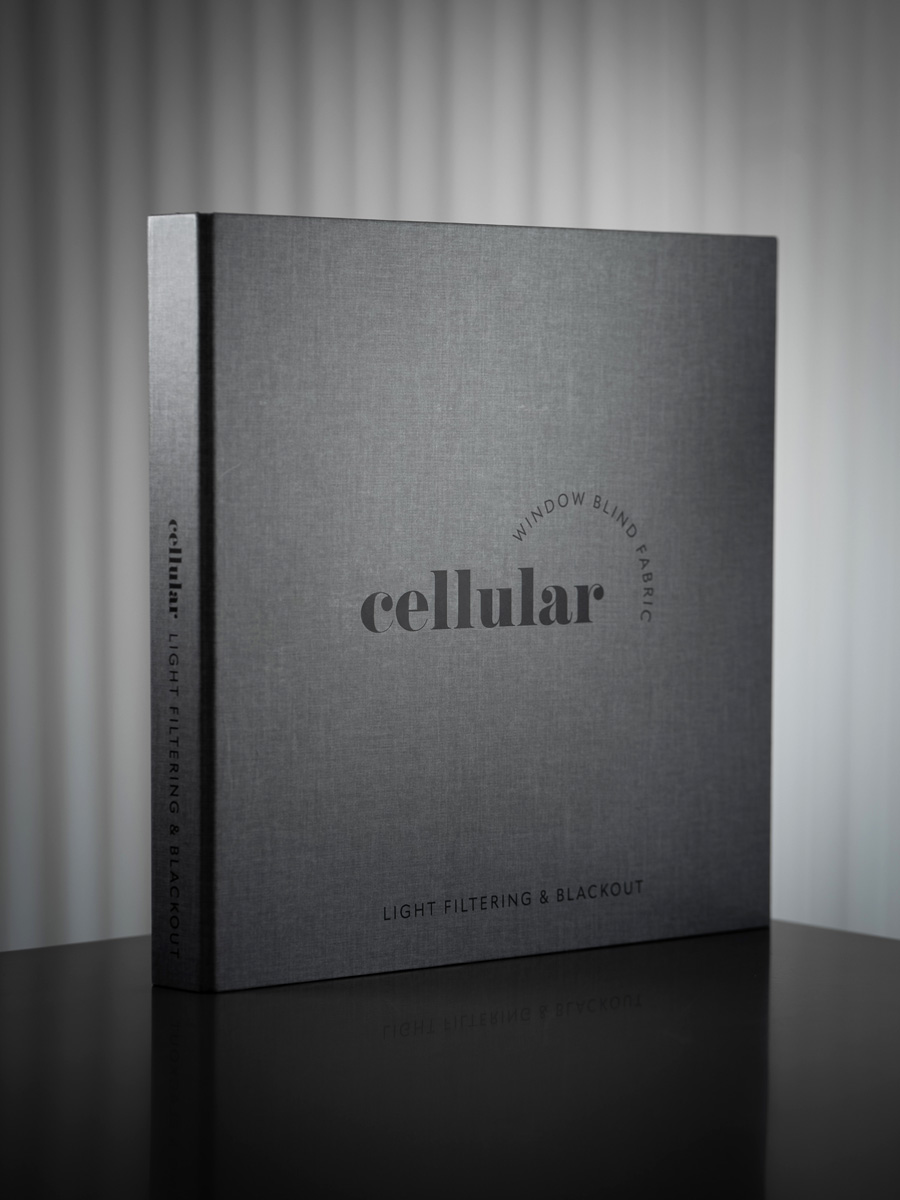
Ever critical in the Australian Cellular or honeycomb blinds are continuing to develop, with new colourways, fabrics and functionality bringing innovation to the sector, WFA writes.
Louvolite
David Kennedy of Louvolite outlines the ever growing popularity of cellular or honeycomb blinds, which has seen the product category expand significantly.
“Cellular blinds have a number of benefits, for example the cell construction acts as insulation against both solar gain (allowing heat in) and thermal loss (allowing heat out). These blinds also featured operating cords that pass through each cell and remain hidden from view – some people see that as a benefit over pleated shades.
“Now jump forward to today cellular or honeycomb fabrics are extremely popular across all continents. In addition to the benefits first seen at that time, the degree of flexibility that can be seen in blinds using these fabrics makes them ideal for all types of installation.
“When launched, such blinds were operated by a simple free hang cording system akin to that used in Venetian blinds, with a cord lock used to lock or release the blind in whatever position the consumer required.
“These days, the variety of operations that can be seen using Louvolite cellular blind fabrics is amazing. Of course the original free hanging option is still available but is joined by items such as top down/bottom up – where the operator can have either the top of the blind lowered to allow in daylight while the bottom of the blind is retained in position to provide privacy or shade. This feature can be reversed and to all intents and purposes the blind itself can float within the window to provide the consumer with whatever they need. The width of the cellular fabric is geared to meet market demands and manufactured to meet the demands of wider window installations.
“Louvolite’s Perfect Fit installation system and cellular fabrics were seemingly made for each other. The Perfect Fit programme allows a blind to be fitted to double glazed windows systems without the need to drill or screw. Simply measure the window assemble the frame, make the blind to fit the frame and attach the frame to the brackets which slide between the rubber bead and the double glazed sealed window – brilliant .
“For those using aluminium windows and doors which don’t feature a rubber bead, Louvolite has an answer with the Konnect option, which uses a clever magnetic fixing system to secure the frame and blind in place. Framed installation systems improve the solar and thermal properties of the cellular blind and also significantly reduce the light strike round the perimeter.
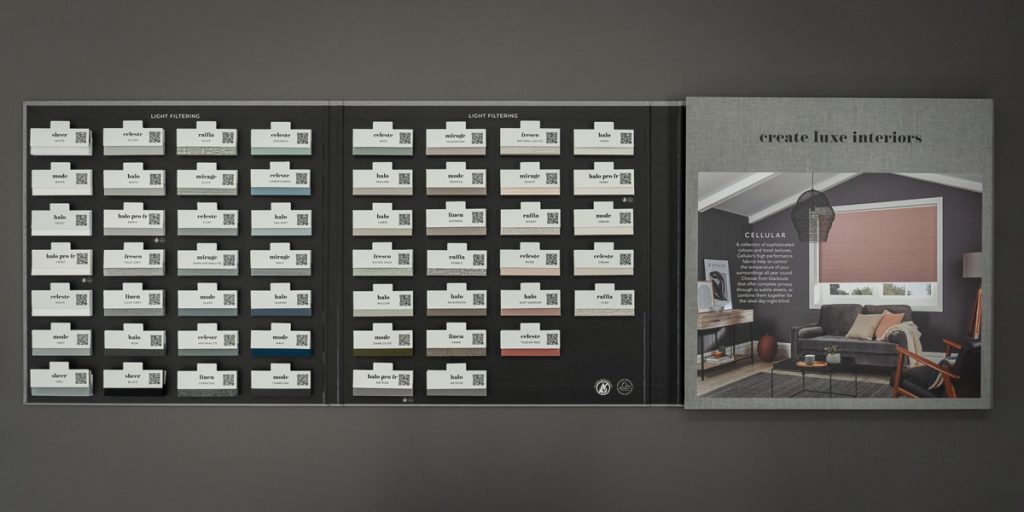
“The days of only being able to operate cellular blinds by cord are long gone. Louvolite’s figure of eight tensioning system allows blinds to be operated by simply pulling or pushing the bottom rail. For those wanting even greater control both freehand and Perfect Fit cellular blinds can be motorised using the excellent Louvolites One Touch motors. The One Touch product with Perfect Fit is excellent for those hard to reach skylight windows or atriums.
“The fabric colour range offered in the Louvolite Cellular programme is second to none. A sensible and stylish palette of colourways is offered in both light filtering and blockout construction to allow the consumer to satisfy their furnishing and shading needs.”
Louvolite will launch its all new cellular programme in the third quarter of 2025. While retaining many of the current popular programmes exciting new options are being added, Kennedy confirms. A sheer cellular fabric is added in three colourways – white, light grey and black. In addition an FR fabric is included to allow the fabrics to be used in commercial premises, schools and nurseries. A woven linen weave is added along with a satin finish woven fabric called Mode; Mode is also available as a blockout finish woven fabric.
The programme is housed in an elegant, slender presentation which allows the surveyor and customer to focus on colour and performance; fabrics are shown by colour and the light filtering and blockout fabrics are housed on separate sides of the presentation.
Norman
“Honeycomb shades have long been considered the sensible choice, valued for their energy efficiency, insulation and versatility, but they’ve rarely been seen as a design feature,” Norman says.
“At Norman, we’ve redefined that expectation by developing fabric collections that pair high performance with genuine visual appeal. Two standout ranges, Breeze and Whispers, showcase what’s possible when function meets design integrity. Breeze offers a softly textured linen-look finish in a curated palette of stylish neutrals, delivering a sophisticated aesthetic that aligns with modern interior trends. Whispers, on the other hand, features a double-sided colour match, ensuring a consistent and elegant look from both inside and out, ideal for homes where exterior uniformity matters.”
All Norman honeycomb fabrics are manufactured using a proprietary solvent-free adhesive, an advancement that sets them apart in both health and environmental performance.
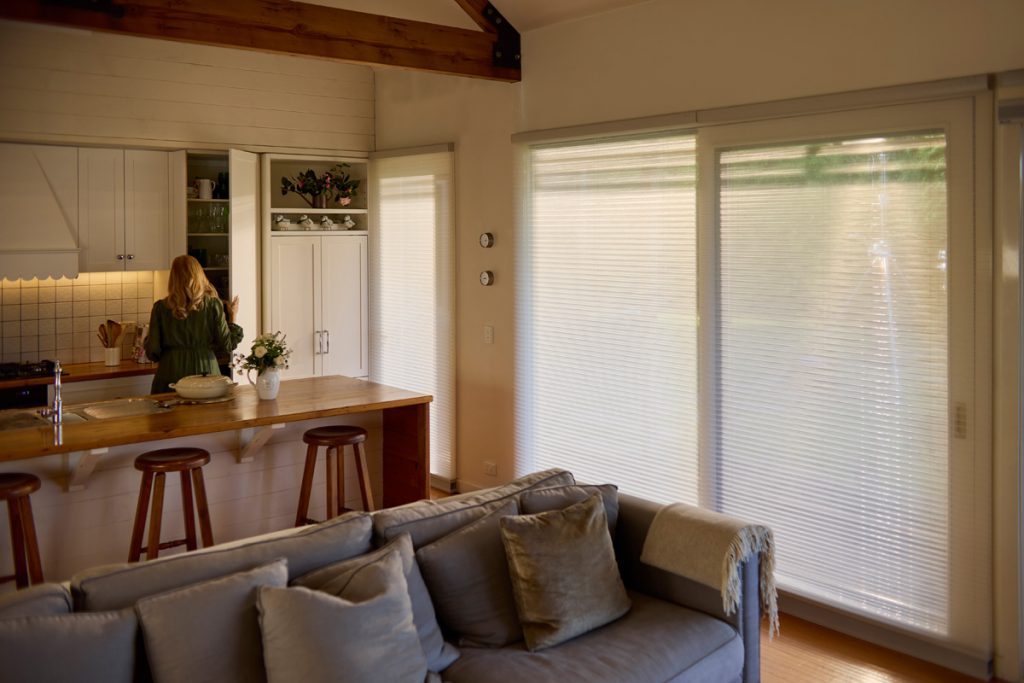
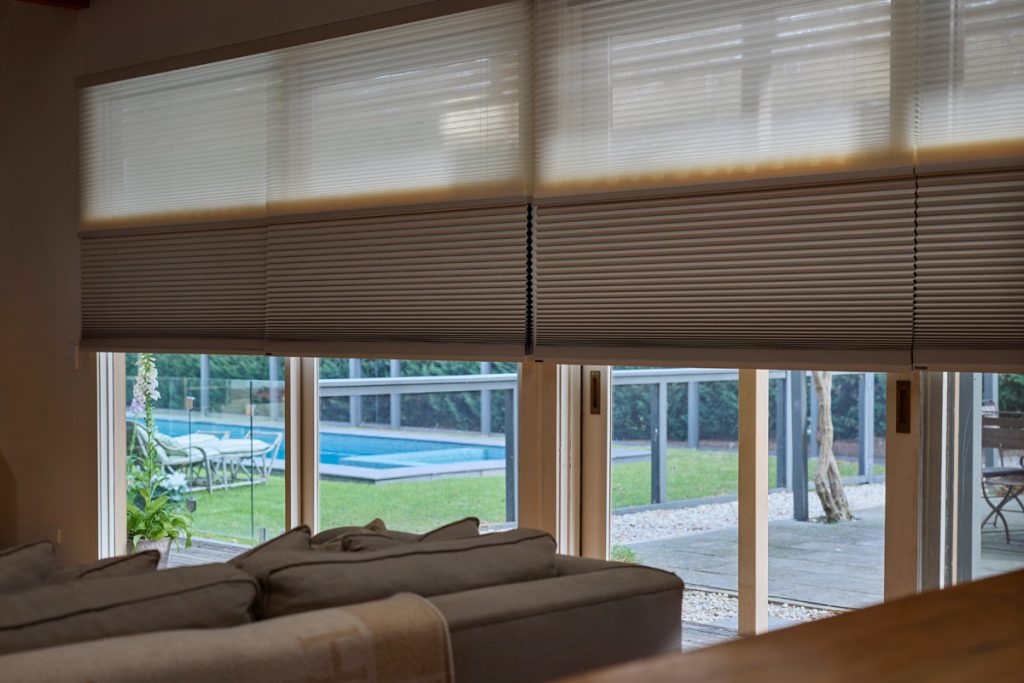
“Traditional adhesives used in honeycomb shade production can release volatile organic compounds (VOCs), which contribute to indoor air pollution and lingering odours in the home. By eliminating these emissions at the source, Norman ensures its honeycomb shades actively support healthier indoor environments, an increasingly important consideration for today’s health-conscious and sustainability-minded consumers. This innovation also reflects Norman’s broader commitment to product safety and responsible manufacturing, delivering all the expected benefits of thermal efficiency and light control without compromising on style, function or air quality.
“As more consumers discover the benefits of honeycomb shades, particularly their ability to improve insulation and reduce energy loss, expectations around design have evolved as well. It is no longer enough for a window furnishing to be purely functional. Customers want solutions that contribute to a more efficient home while also enhancing interior aesthetics. This shift has created a clear opportunity for fabric styles that bring softness, warmth and cohesion to the space, much like curtains or sheers traditionally would. As energy bills continue to rise, demand is growing for window furnishings that look beautiful but also work harder behind the scenes. Honeycomb fabrics that balance thermal performance with a refined, design-led appearance are increasingly being considered by homeowners looking to improve comfort and efficiency without compromising on style.
“Motorised honeycomb shades are among the most in demand lift systems in Norman’s range, with adoption continuing to grow as home automation becomes an increasingly standard feature in residential design. While motorisation is often chosen for its practical advantages, such as ease of use, cordless safety and suitability for large or hard to reach windows, it also raises expectations around design. As a premium upgrade, it brings with it a higher standard for visual quality, and that is where fabrics like Breeze and Whispers come into their own. These refined, designer led textures not only meet the functional brief but also enhance the overall look of a motorised installation, turning a technical feature into a beautifully resolved design element. In many cases, the ability to pair seamless automation with elevated fabrics is what helps close the sale, particularly for clients investing in whole home upgrades or luxury renovations.”
Blinds by Peter Meyer
Blinds by Peter Meyer’s Simply Cell Honeycomb Blinds collection offers 196 curated options, with recent additions featuring bold prints, tonal ombre effects, nature-inspired motifs and vibrant colours, reflecting the ongoing shift toward expressive, design-driven interiors.
Blinds by Peter Meyer Managing Director Simon Meyer says that Simply Cell Honeycomb Blinds remain one of the company’s most popular internal blind choices. This is due to their features and benefits, which include superior insulation – the signature cellular structure traps air to improve thermal performance and reduce energy consumption and smart-home compatibility, with free-hanging and Skylight Honeycomb Blinds also available with hardwired and battery-operated motorisation options.
Clean, contemporary profiles are another key feature, as is the products’ versatility.
With both translucent and blockout fabrics available in matching colours, it’s easy to layer light control with a unified design scheme.
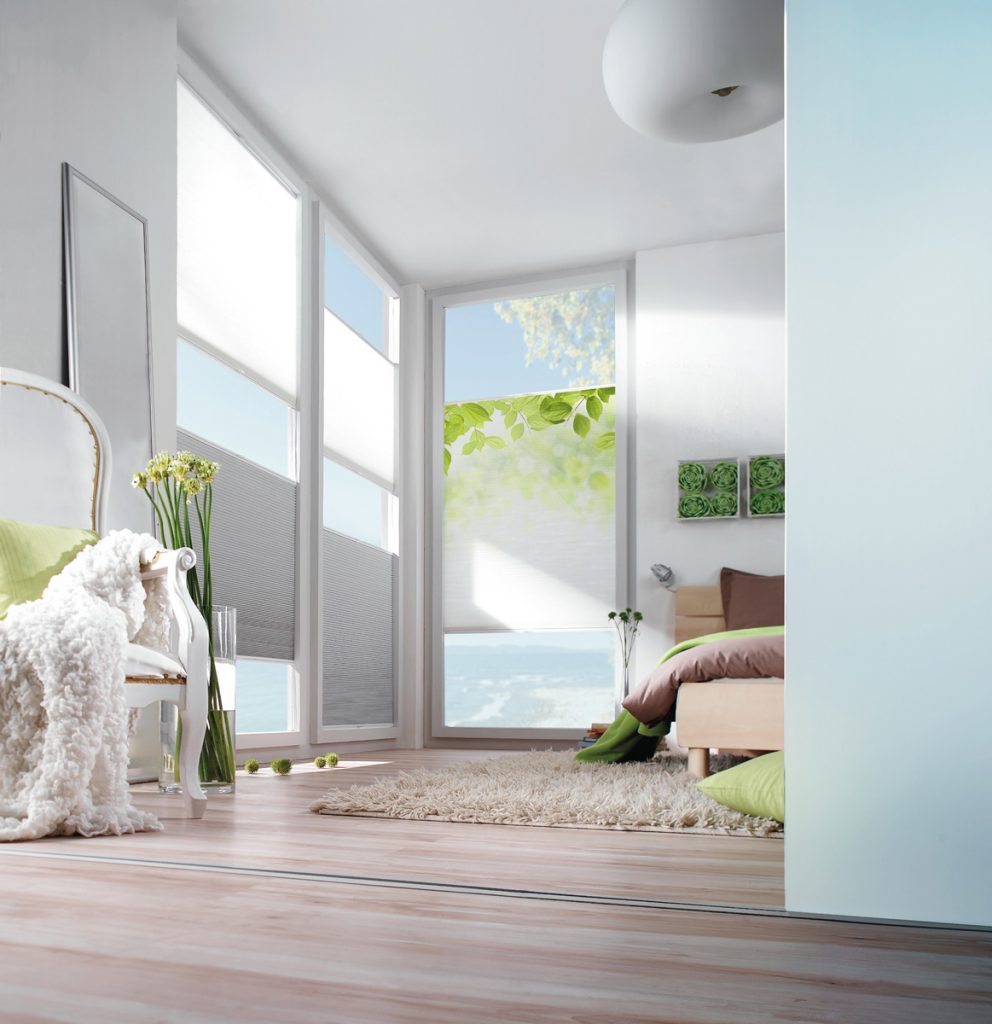
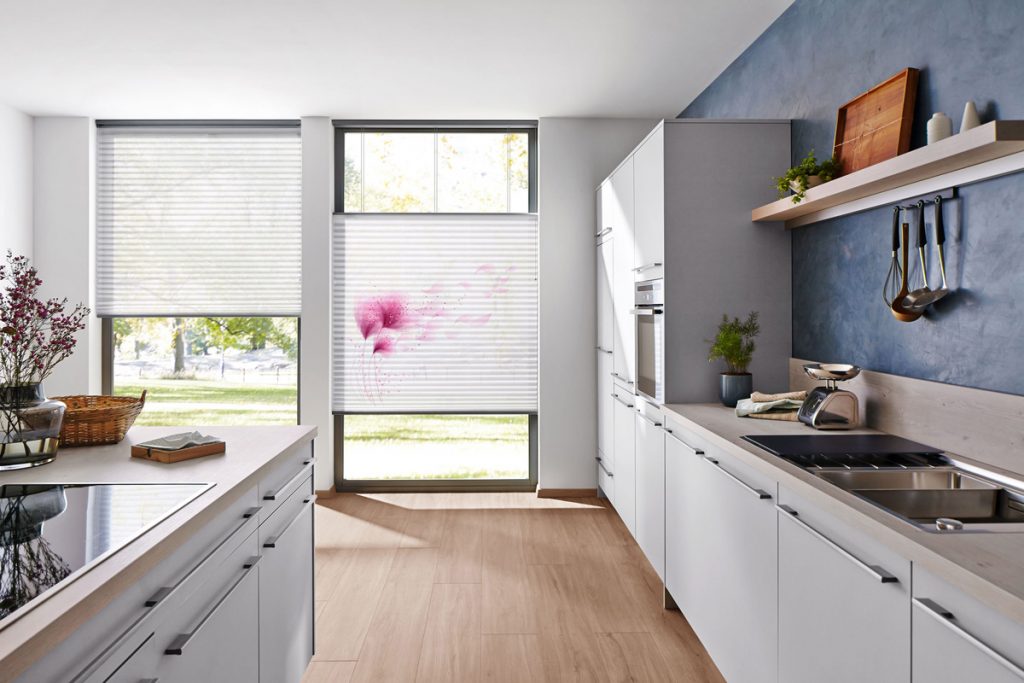
“With sustainability and energy efficiency key considerations in today’s home design market, our Honeycomb Blinds meet the growing demand for window furnishings that balance performance and visual appeal,” says Meyer. “They occupy a unique space between traditional Blinds and more complex soft furnishings, offering insulation, acoustic benefits, and designer impact in a single system. Also, with their slimline 20mm profile, these Honeycomb Blinds can sit neatly behind Shutters, door handles and into tiny recesses. Our motorised and chain drive headrail is also super compact being less than 30mm wide x 40mm high.”
Meyer notes that interest in Honeycomb Blinds continues to rise, surpassing Pleated Blinds. “Pleated fabrics are now offered by indent only, as Honeycomb solutions dominate both residential and commercial specifications. Compared to other Interior Blind categories, Honeycomb is among the fastest-growing segments thanks to energy performance and a modern, design-forward look.”
Industry programs such as WincovER by the WSAA have also supported demand by highlighting the importance of thermal insulation in window coverings.
“Motorisation is becoming an integral part of this category,” Meyer says. “Currently, approximately 25–35% of our Honeycomb and Pleated Blind systems are motorised, a figure that continues to grow, especially in smart home applications. Our Honeycomb Blinds are ideal for automation in hard-to-reach areas like skylights or expansive feature windows.”